In January 2015, Dr. Dinusha Mendis, Associate Professor in Law and Co-Director of the Centre for Intellectual Property Policy and Management (CIPPM) in the Faculty of Media and Communications was awarded a period of research leave funded by the Fusion Investment Fund which commenced on 1 January 2015. The study leave was granted to further Dr. Mendis’ research into the digital aspects of Copyright Law and the Intellectual Property (IP) Implications of 3D Printing.
Since 1 January 2015, Dr. Mendis has held appointments as Visiting Fellow at University of Bocconi in Italy and as Lord Provost Fellow at University of Tasmania in Australia. For further information about the collaborative work carried out by Dr. Mendis during this time, please see here (BU Research Blog post dated 13 March 2015).
Dr. Mendis will complete her research leave in July 2015 having spent two months as a Visiting Scholar at Stanford Law School, Stanford University California.
During her time as a Visiting Scholar at Stanford University, Dr. Mendis was involved in working with Professor Mark Lemley of Stanford Law School, to further her research into the intellectual property implications of 3D printing. Sponsored by Professor Lemley, Dr. Mendis utilised the time at Stanford to complete two research papers (to be published in Autumn 2015) and collaborate with IP experts from University of California, Berkeley; Emory University; Georgia Tech University and Indiana University in taking forward a project in the area of 3D printing and intellectual property implications.
The Research Leave was made possible by the generous support of Bournemouth University’s Fusion Investment Fund which in turn led to the Visiting appointments for which Dr. Mendis is very grateful.
The appointments have all proved to be very productive and rewarding in taking forward the research on the IP implications of 3D printing. The final appointment, which involved being a Visiting Scholar at Stanford Law School was a very positive experience – and will be an unforgettable one.
![Stanford[1]](http://blogs.bournemouth.ac.uk/research/files/2015/07/Stanford1-300x225.jpg)





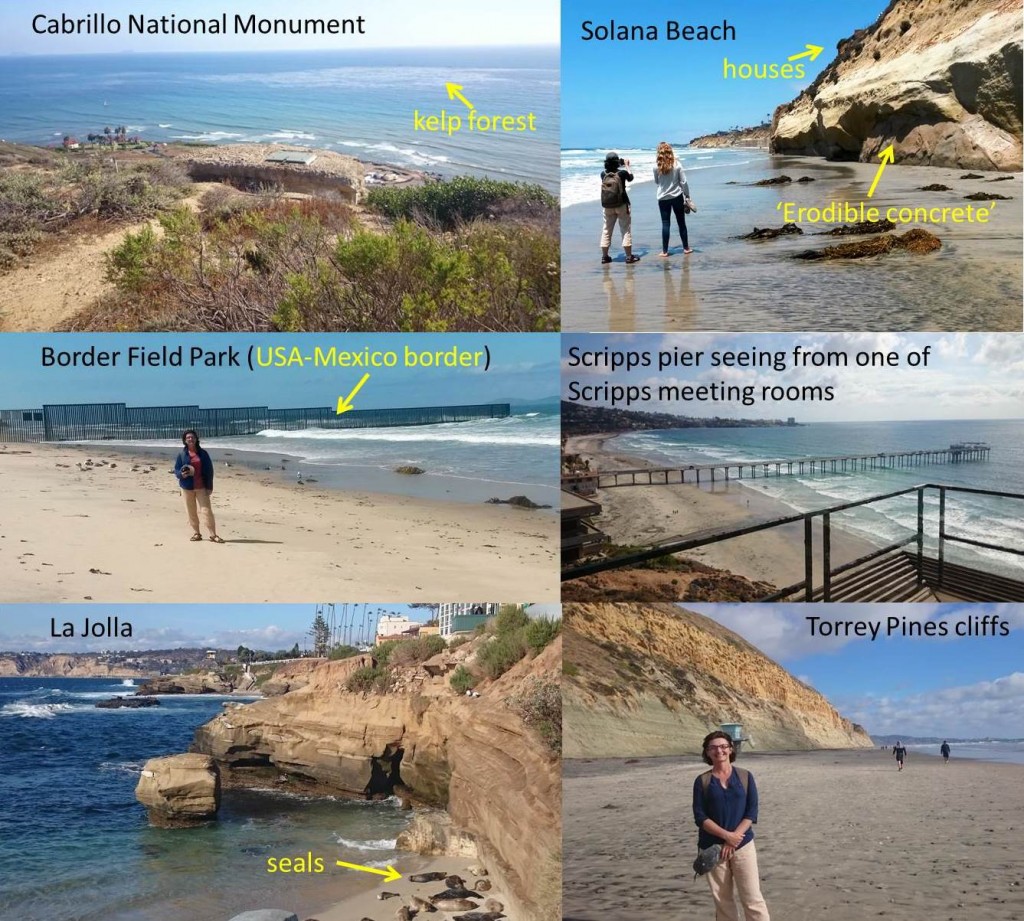
 Many of those contacting the FOS had lost substantial sums of money, and the 185 complaints reviewed involved losses of up to £4.3 million.
Many of those contacting the FOS had lost substantial sums of money, and the 185 complaints reviewed involved losses of up to £4.3 million.
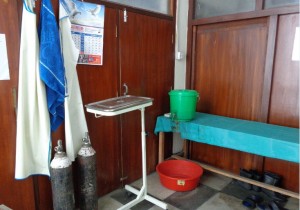
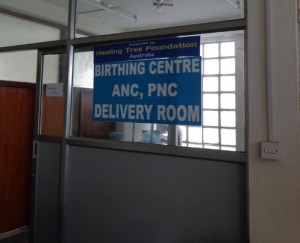
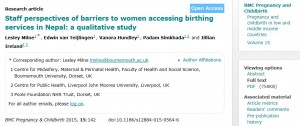
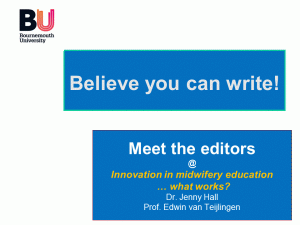
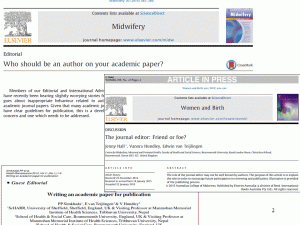





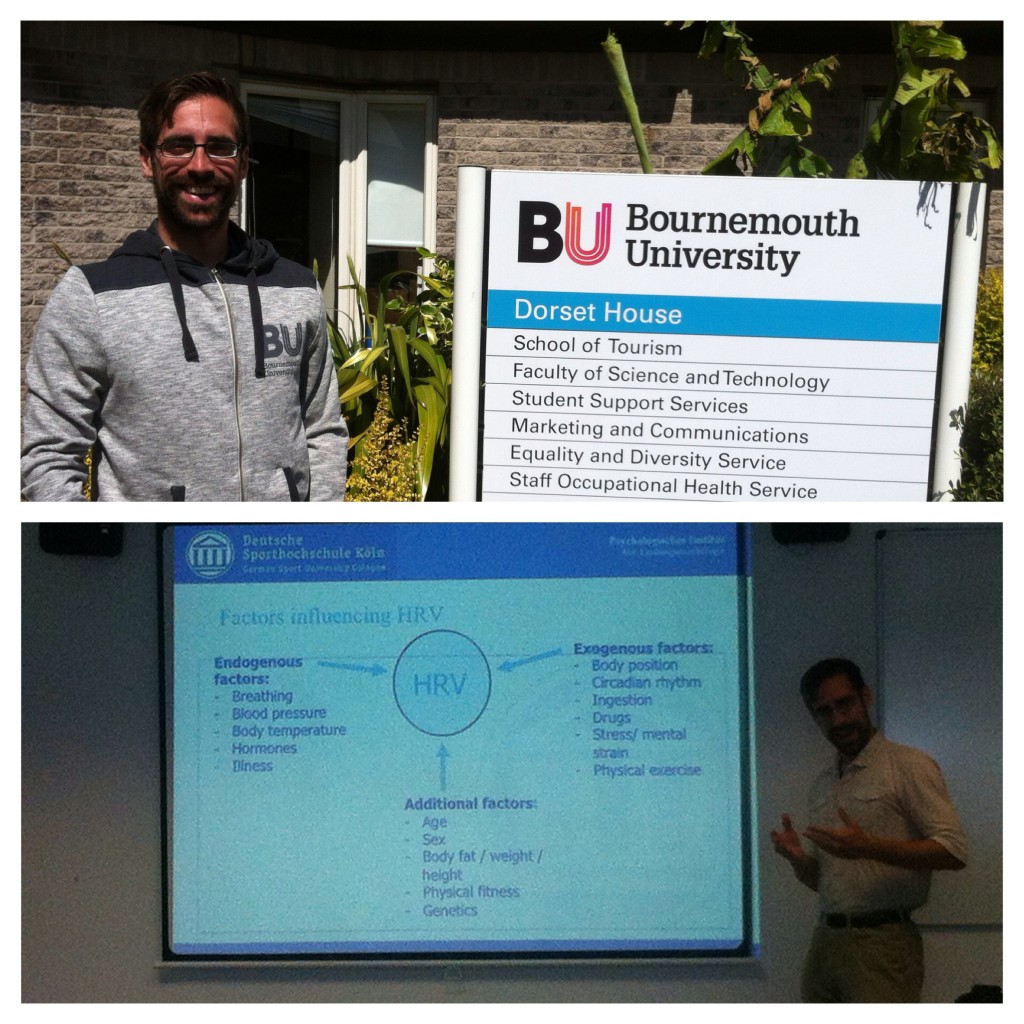











 Upcoming opportunities for PGRs – collaborate externally
Upcoming opportunities for PGRs – collaborate externally BU involved in new MRF dissemination grant
BU involved in new MRF dissemination grant New COVID-19 publication
New COVID-19 publication Conversation article: London Marathon – how visually impaired people run
Conversation article: London Marathon – how visually impaired people run MSCA Postdoctoral Fellowships 2024
MSCA Postdoctoral Fellowships 2024 Horizon Europe News – December 2023
Horizon Europe News – December 2023